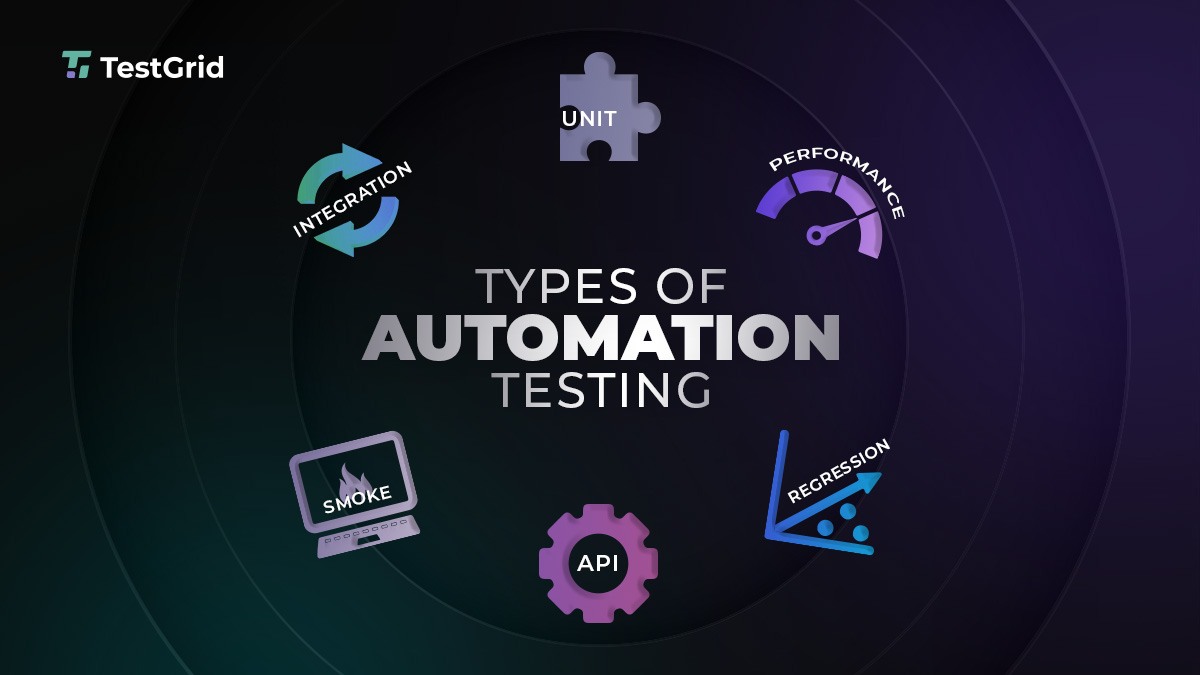In the world of software development, automation is the word on everyone's lips. From CI/CD pipelines to test suites that run in milliseconds, automation testing tools are everywhere. They promise faster feedback, broader coverage, and fewer bugs in production. In fact, it often feels like if you're not using some kind of fancy automation framework, you're already behind.
But let’s pump the brakes for a moment.
Is that shiny new automation tool really a necessity for your team? Or is manual testing—despite being less glamorous—still the unsung hero of software quality?
Let’s break down the myths, the benefits, and the trade-offs between the two worlds to help answer the question:
Do you really need that tool, or is manual testing still king in certain cases?
The Rise of Automation: Why Everyone’s Obsessed
There’s no denying it: automation has revolutionized how we test software.
With tools like Selenium, Cypress, Playwright, and a host of modern API testing tools, QA teams can now validate code faster and more reliably than ever. Regression testing, in particular, has become far more efficient, running in the background while developers push new features.
And then there’s the rise of the automate tester—the quality professional who writes code, builds pipelines, and integrates tests directly into the development lifecycle. In today’s agile world, automation just makes sense.
Benefits of Automation Testing Tools:
- Speed: Tests run in seconds or minutes—ideal for CI/CD workflows.
- Repeatability: Every test runs the same way every time.
- Scalability: Easily test across multiple browsers, devices, or environments.
- Early detection: Catch bugs early before they become expensive problems.
It’s no wonder so many companies, especially those scaling fast, see automation as a no-brainer.
The Case for Manual Testing: Not Dead Yet
Despite the push toward automation, manual testing is far from obsolete. In fact, it plays a critical role that automation simply can’t replicate.
Here's where manual testing still shines:
1. Exploratory Testing
Automated tests follow a script. Manual testers think like users, ask “what if?” questions, and go off-script to find unexpected bugs. This kind of creativity is essential for discovering edge cases, usability issues, and weird behavior automation would never catch.
2. UI/UX Validation
You can automate clicks, but you can’t automate human perception. Is the layout intuitive? Do buttons feel responsive? Does the flow make sense? Only real human testers can answer these questions.
3. First-Time Test Design
Designing a test for a brand-new feature often starts manually. Testers explore the feature, understand its purpose, and identify possible failure points. Once that knowledge matures, it can be translated into automated tests—but it starts with a human touch.
4. Cost of Maintenance
Automation tests are not “set it and forget it.” They require ongoing updates, especially when the app changes frequently. Sometimes, writing and maintaining a test takes longer than just manually validating the change—especially for one-off or low-risk areas.
So, Which Is Better?
Here’s the truth: there’s no single winner.
The best QA teams understand that both manual and automated testing have their place. Rather than choosing one over the other, the key is knowing when to use each strategically.
Use automation when:
- You have stable features that need frequent regression testing.
- You’re testing APIs or backend logic.
- You need fast feedback in a CI/CD pipeline.
- The cost of not testing is high (e.g., payment processing, authentication, etc.).
Use manual testing when:
- You're testing new or incomplete features.
- You need to evaluate the user experience.
- You want to perform exploratory or creative testing.
- The test case is too complex, volatile, or unique to script efficiently.
Beware the “Tool Trap”
Here’s where things get tricky: many teams fall in love with the idea of automation, not the reality.
They buy into the latest platform, expect instant results, and spend weeks—or months—building a test suite they don’t have time to maintain. Eventually, test cases become flaky, ignored, or outdated. In the worst cases, teams blindly trust their tools, while major issues go unnoticed.
Remember: a tool is only as good as the strategy behind it.
Before investing in the next fancy tool, ask yourself:
- Do we have the right skillset on the team?
- Are we solving a real problem or just following a trend?
- What’s the long-term plan for maintaining these tests?
- Would manual testing serve us better in this specific case?
Finding the Right Balance
Smart teams know that quality isn’t about tools—it’s about outcomes. Whether you use automation testing tools, manual methods, or a hybrid approach, your goal should always be the same: to deliver reliable, usable software that meets user expectations.
If your current manual testing process is thorough, efficient, and effective—don’t feel pressured to automate for automation’s sake.
But if you’re running into speed issues, bottlenecks, or missed bugs in regression, then yes—exploring the right automation tools might just be the boost your team needs.
Final Verdict: Complement, Don’t Compete
Manual testing isn’t dead, and automation isn’t magic. The truth lies in complementing each method’s strengths, not choosing sides.
So, do you really need that fancy automation tool?
Maybe. But only if it serves your goals—not your ego.
The real king of testing isn’t manual or automation—it’s smart, thoughtful testing driven by context, not hype.





Comments